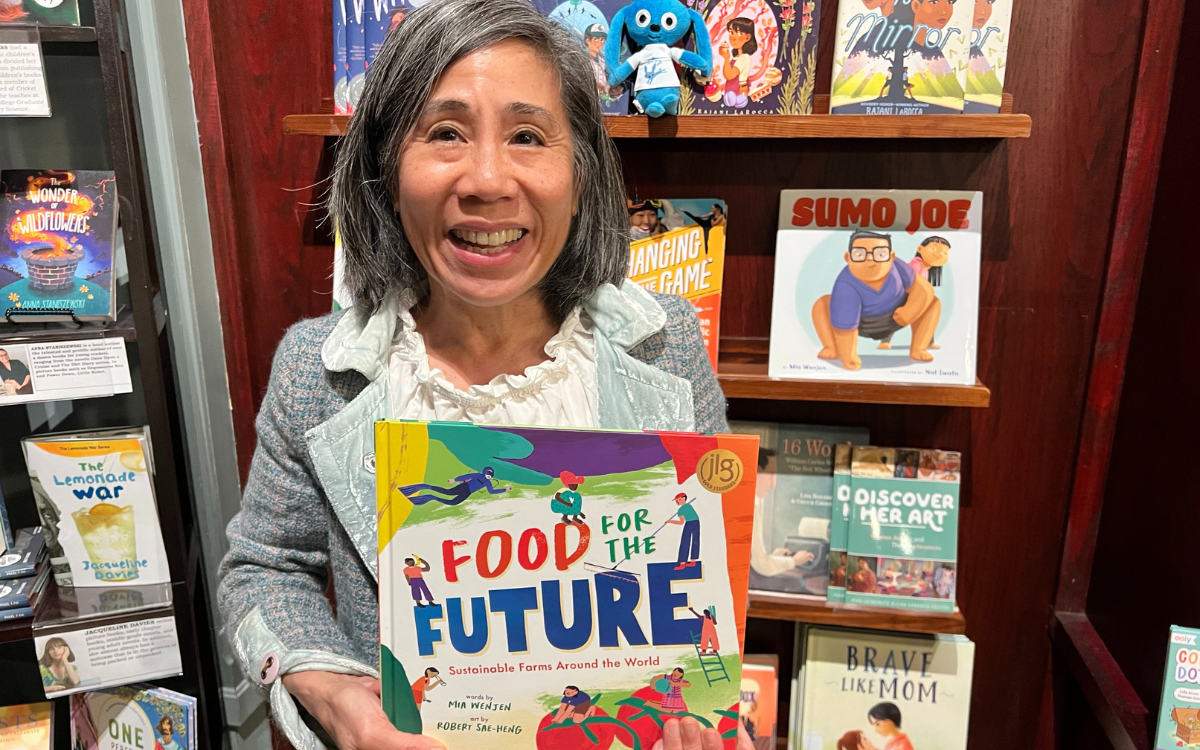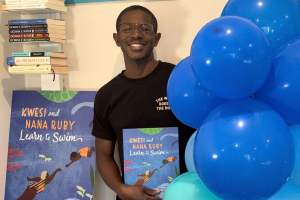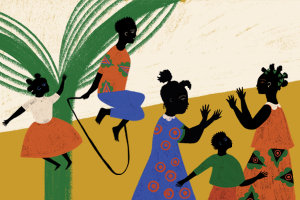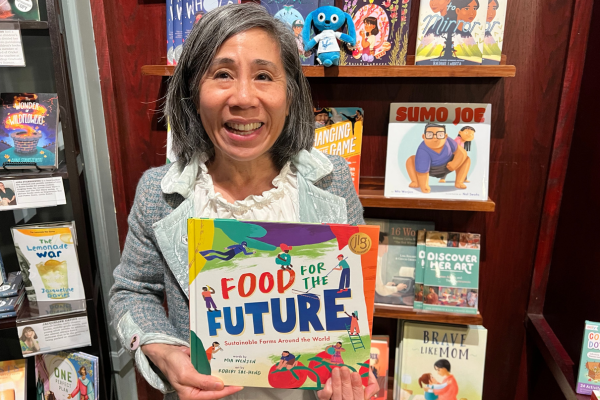
How Sustainable Farms Inspired My Book ‘Food for the Future’
Mia Wenjen blogs on parenting, education and children’s books at PragmaticMom.com and runs the nonprofit Multicultural Children’s Book Day.
Her picture book, Food for the Future, takes readers on a tour of eco-friendly farms around the globe and introduces kids to different sustainable ways people have been growing food for centuries, including new innovations that are battling the effects of climate change on farming.
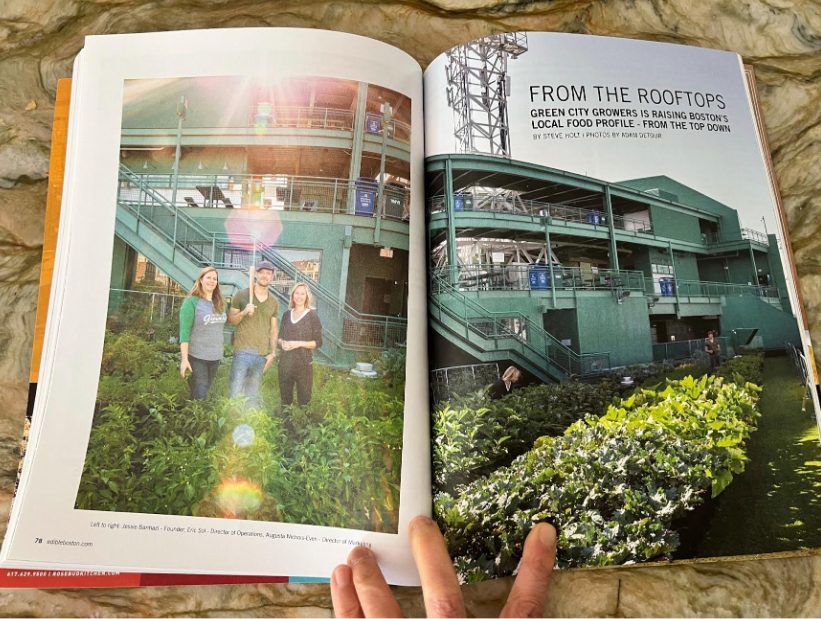
My Food for the Future journey was set in motion as I was thumbing through EdibleBoston magazine and stopped short on an incredible rooftop garden at Fenway Park. As a member of the Red Sox Nation, I knew I had to include that special rooftop garden in my nonfiction picture book. I was thrilled to discover a duplicate of the garden at the Boston Children’s Museum as well as at other major league baseball stadiums!
I have always had a passion for learning about sustainable farming. While I was writing my book Food for the Future, I recalled a social media post about circular farms in Africa. A quick online search revealed that these unusual farms were located in Senegal, born from the Covid-19 lockdown.
Faced with closed borders, the idea for circular farms came about from the need for food and medicine in areas that were dependent on foreign imports. Plants need less water when planted in a circle since the roots grow towards the center. The circular gardens are part of the Green Belt Movement in Africa, which stretches horizontally across the continent in an effort to keep the Sahara desert from taking over.
It’s so sustainable! So for Food for the Future, I wrote:
Thirsty gardens designed for the heat / Grow where Sahara and savanna meet.
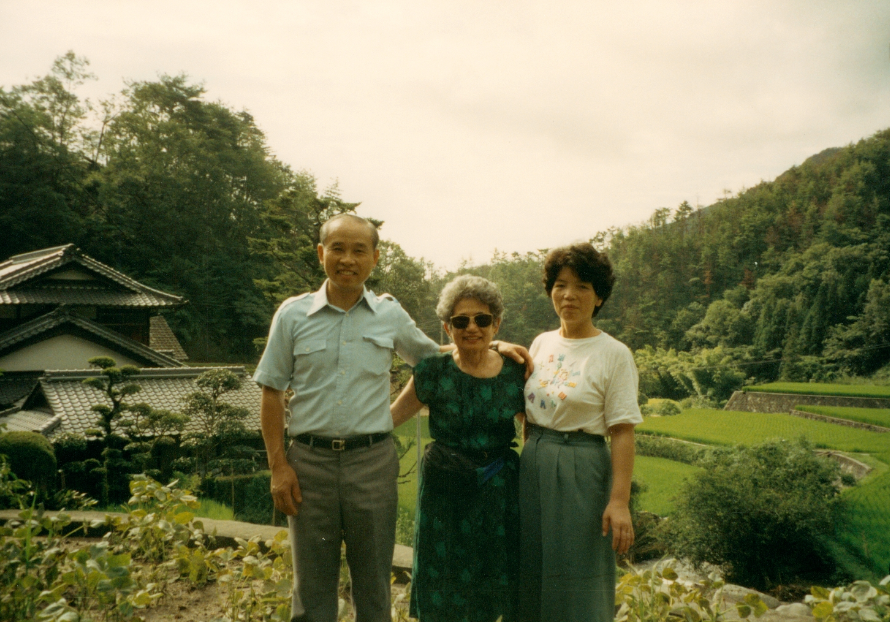
My Food for the Future journey continued on a trip to Japan with my mother and sister. We toured the country, ending up at our ancestral lands in Hiroshima where our relatives maintain an ancient terraced rice paddy field that gently winds around a mountain.
My brain began to buzz with ideas. As I did my research, I found out that terrace farming is sustainable because it makes the most of small amounts of water and nourishing soil. In Food for the Future, I decided to give a nod to the amazing rice paddy field by showing the terraced farms in Chile.
Another inspiration for my book came from a family trip to the Hawaiian island of Kauaʻi. As we were exploring, we passed a salt pond. My friend told me it was a private salt farm passed down from generation to generation among a handful of Native Hawaiian families. We wanted to learn more, but there was no salt farm tour available. However, the powerful image of the gleaming white salt ponds against the rust-red soil stuck in my mind. I later wrote it into Food for the Future:
Salt from Kauaʻi preserves ancient ways. Seawater dries in the hot sun for days.
Researching sustainable farms was a treasure hunt that unearthed both ancient indigenous innovations and high-tech solutions in response to climate change and global warming.
By creating a dialogue that blends knowledge, experience and imagination, we can open up an entire world of possibilities for kids to become climate advocates. I believe that sustainable values can be taught through picture books like Food for the Future and, as parents, we can ignite our children’s imaginations by giving them experiences to use this knowledge.
I believe that books in the hands of a child can change the world!

Mia Wenjen is the author of Food for the Future: Sustainable Farms Around the World. She enjoys boxing, gardening and yoga. Because Japanese cucumbers are not available where she lives, she sprouted them from seed and convinced her boxing gym friends to grow them as well.
She lives in Boston, USA, with her husband, three children and Golden Retriever. She blogs on parenting, education and children’s books at PragmaticMom.com and runs the nonprofit Multicultural Children’s Book Day.
About Food for the Future
★ “An exciting overview of traditional and innovative farming techniques that will warrant repeated reading, for casual browsing or classroom use” – School Library Journal, starred review
“A dozen sustainable farms around the world offer intriguing possibilities for the future of agriculture” – Kirkus Reviews
Go on a tour of eco-friendly farms around the globe! From urban gardens to farms under the sea, discover the many different sustainable ways people have been growing food for centuries, and new innovations that are battling the effects of climate change on farming.
Rhyming text and inset boxes with definitions for new vocabulary words make the topic accessible to young learners. End matter includes detailed information about each country's farming practice, sustainable farming and more.
Written by Mia Wenjen and illustrated by Robert Sae-Heng



